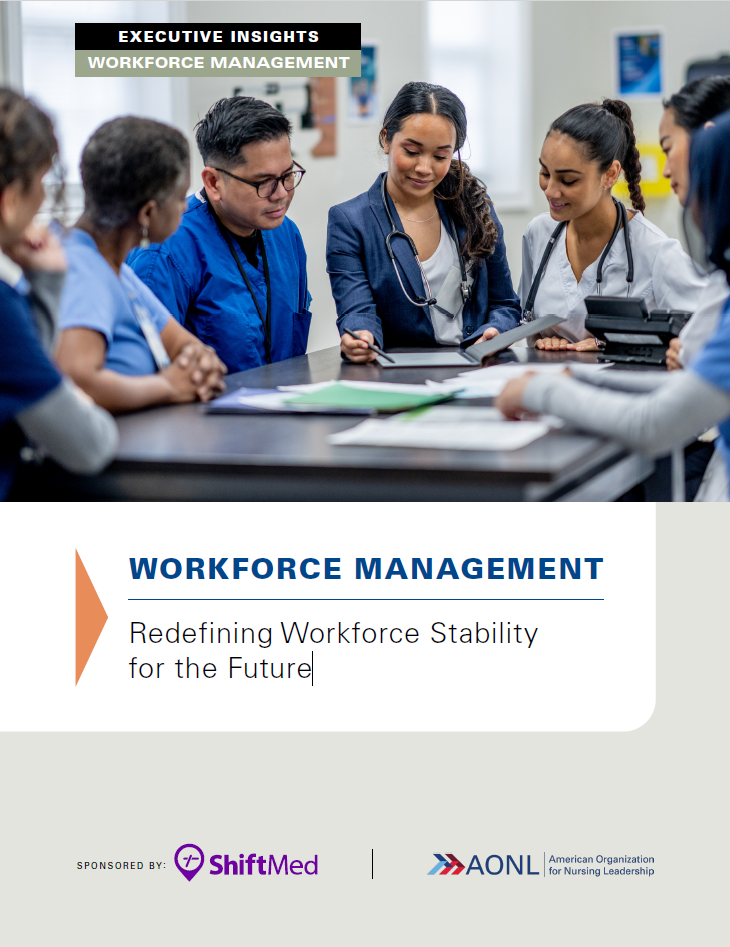
Workforce Management: Redefining Workforce Stability for the Future
Workforce Management: Redefining Workforce Stability for the Future
[Sponsored] As the health care workforce evolves, hospitals must adapt to retain talent, control labor costs and ensure high-quality patient care. Overreliance on expensive travel nurses has created financial strain and operational challenges, while nurses increasingly seek greater flexibility in their schedules. On-demand workforce technology enables hospitals to align shift coverage with real-time needs, reducing dependency on travel nurses while maintaining care continuity. In this executive dialogue, nurse leaders explore innovative workforce strategies to improve staffing efficiency, enhance nurse satisfaction and optimize labor costs without compromising quality.
This executive dialogue will highlight key findings on:
- Nurses increasingly prioritize work-life balance and seek flexible schedules including part-time, short shifts and remote or hybrid roles.
- Centralized staffing supports consistent staffing standards through efficient resource allocation, reducing manager workload and facilitating better coverage across the organization.
- Automated staffing technology reduces the administrative burden for nurse managers and improves shift coverage while also ensuring the appropriate skill mix is in place.
- On-demand staffing plays a key role in obtaining workforce stability by addressing immediate staffing challenges and supporting long-term workforce transformation.
- Use of on-demand nurses can be a powerful recruitment tool for hospitals and health systems by offering flexibility, exposure and a low-commitment entry point to the organization.
Sponsored by





